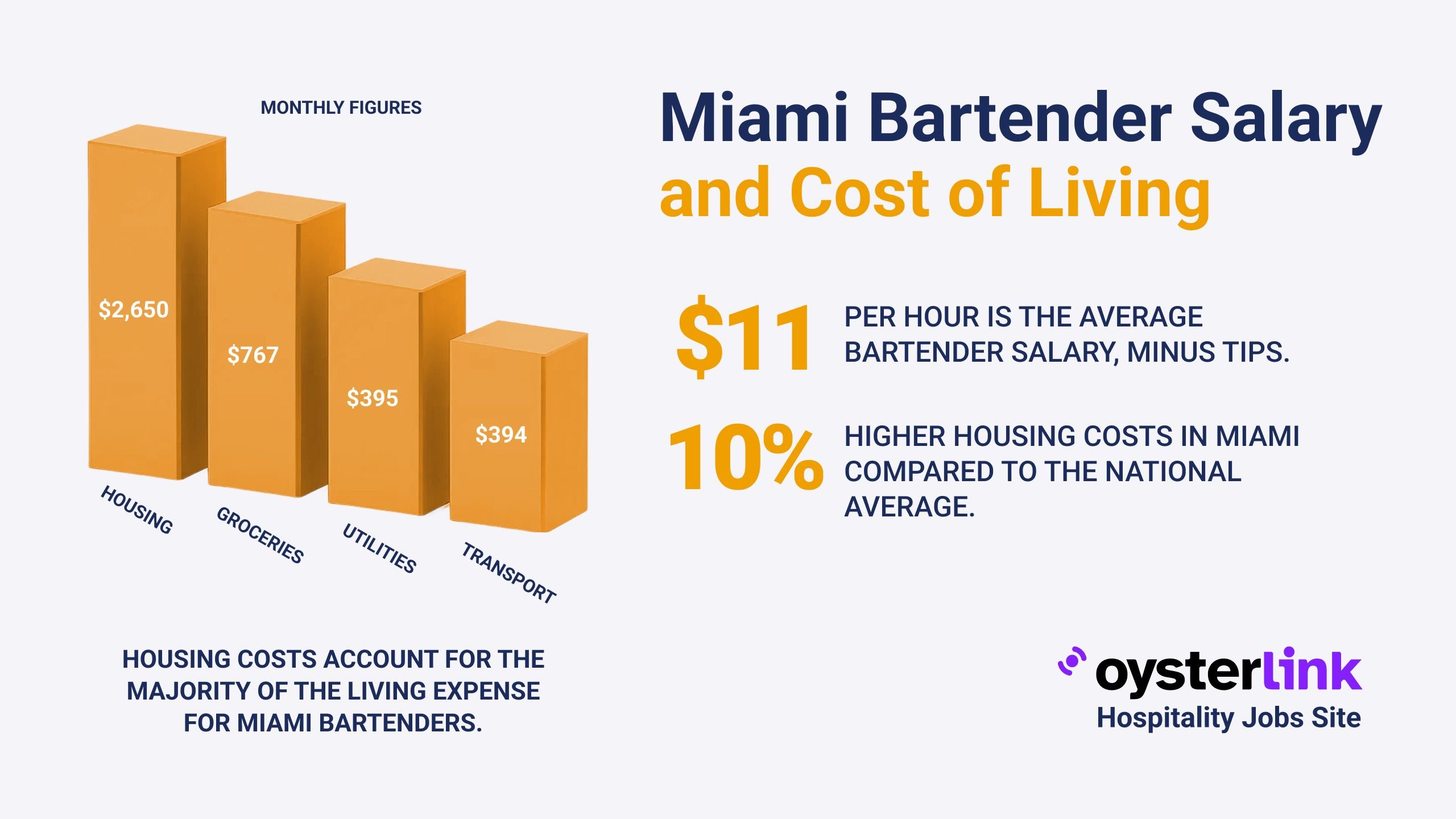San Diego Cost of Hiring Waitress: Key Takeaways
- The minimum wage for servers in San Diego is $16.00 per hour, with typical earnings ranging from $17.25 up to $24.05 per hour including tips.
- Employer-paid taxes and benefits add approximately 25% to 30% on top of base wages.
- Training a new waitress involves direct and indirect costs, including multi-day classes and productivity loss.
- High turnover rates (~65% annually) can cost restaurants $5,800 to $7,000 per employee replacement.
Understanding the total cost to hire a waitress in San Diego requires examining wages, taxes, training expenses, and turnover impacts.
This guide breaks down each element to help restaurant owners budget and manage their workforce effectively.
1. Wages for Waitresses in San Diego
California mandates a minimum wage of $16.00 per hour for all employees, including waitresses, in San Diego. This is higher than the federal minimum wage due to cost-of-living adjustments and state law.
However, actual waitress wages typically exceed this minimum. Salaries range from around $17.25 to $24.05 per hour depending on the restaurant, shift, and server experience.
For example, servers at IHOP earn approximately $23.73 per hour, while those at Denny's make closer to $17.25 hourly.
Tips form a significant portion of the total compensation. Waitresses report average daily tips near $100, contributing to an overall estimated annual income of roughly $64,128.
For waitresses looking to prepare for their interviews, the waitress interview questions can be an essential resource.
2. Employer Taxes and Benefits Adding Costs
Employers face added expenses beyond the hourly wages paid to waitresses, including payroll taxes and benefits.
These typically add between 25% and 30% on top of base wages. The main components include Social Security, Medicare taxes, unemployment insurance, and workers’ compensation premiums.
For example, if a waitress is paid $20 per hour, the employer might expect to pay an additional $5 to $6 per hour in taxes and benefits. This hidden cost must be factored into budget planning.
Restaurant owners can benefit from understanding costs of hiring employees and strategies to optimize budgets effectively.
3. Training Costs for Hiring Waitresses in San Diego
Training new waitresses involves both direct and indirect costs, which can be significant for restaurants.
Direct costs encompass training materials, wages for trainers, and expenses related to training sessions.
Indirect costs include lost productivity as new hires learn the job and gradually take over serving responsibilities.
Many restaurants implement structured training programs. For example, staff might undergo a four-day, 16-hour classroom course, followed by 12 hours of one-on-one hands-on training before serving guests independently.
Some establishments also offer longer management training over several weeks covering food preparation, guest service, and profitability management.
Managers interested in best practices can check out the server training manual template for insights on effective training.
4. Impact of Turnover on Hiring Costs in San Diego
The restaurant industry experiences high employee turnover, which presents an ongoing financial and operational challenge.
The average turnover rate exceeds 65% annually, meaning more than half of waitstaff are replaced every year.
The cost of replacing a single employee ranges from $5,800 to $7,000, which includes recruitment, interviewing, orientation, training, and initial lost productivity from new hires.
In aggregate, the National Restaurant Association estimates that restaurants lose about $150,000 every year due to turnover-related expenses.
Reducing turnover through effective hiring, competitive wages, and engagement can substantially improve profitability.
Restaurant owners should explore strategies to reduce restaurant employee turnover to enhance staff retention.
5. Strategies to Manage Costs of Hiring Waitresses in San Diego
Given the high costs involved in wages, taxes, training, and turnover, restaurant owners should consider strategies to optimize expenditures while maintaining quality service.
- Competitive wages: Offering wage levels aligned with market rates helps attract and retain experienced servers.
- Effective training: Investing in efficient training programs reduces the time until new hires reach full productivity.
- Employee retention: Fostering a positive work environment and career development can reduce turnover.
- Accurate budgeting: Planning for all related expenses—including payroll taxes and benefits—ensures financial sustainability.
Insights on how to hire servers or waiters can be incredibly helpful for restaurant employers looking to build strong teams.
6. San Diego Employer Resources for Hiring Waitresses
For official regulations, training guidelines, and support, employers in San Diego can consult the following sources:
- California Department of Industrial Relations - wage laws, workplace standards
- U.S. Department of Labor - Fair Labor Standards Act (FLSA) - federal wage, hour, and employment laws
San Diego Cost of Hiring Waitress: Summary
Hiring a waitress in San Diego involves considerable financial planning beyond the base wage. Employers must account for mandated wages starting at $16.00 per hour, employer-paid taxes adding up to 30%, extensive training investments, and significant turnover costs exceeding $6,000 per replacement.
By understanding and managing these components, restaurant owners can optimize their hiring processes, ensure fair compensation, reduce staff churn, and maintain profitability in a competitive market.
Additional guidance for employers can be found in the how to hire a restaurant manager article, helping to build strong leadership within your team.

.png)

.png)
.jpg)